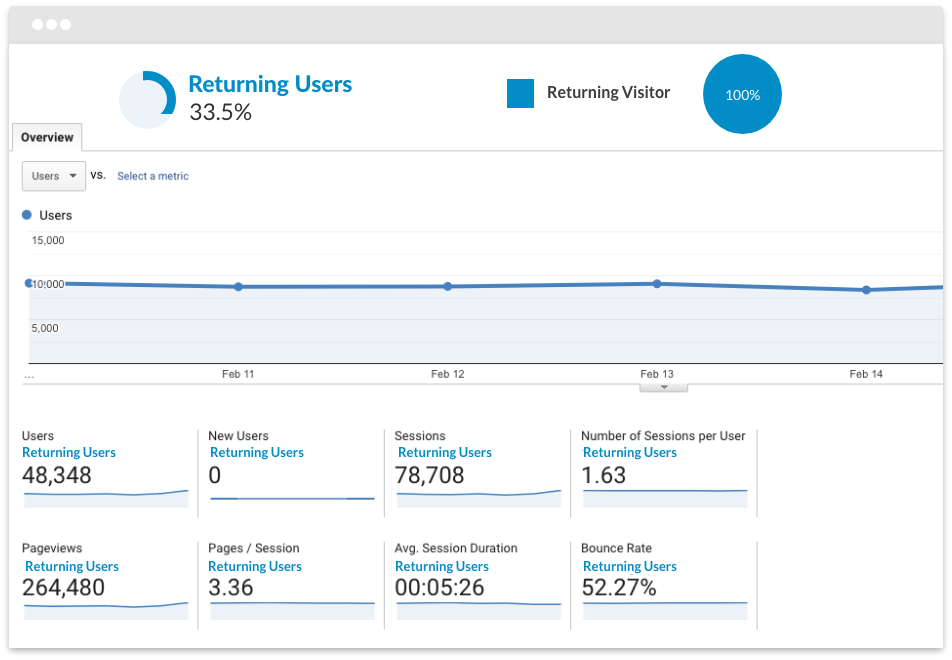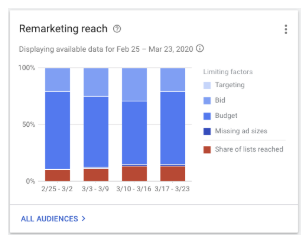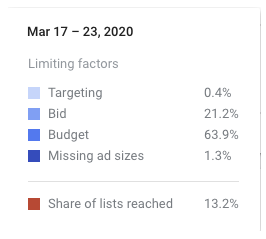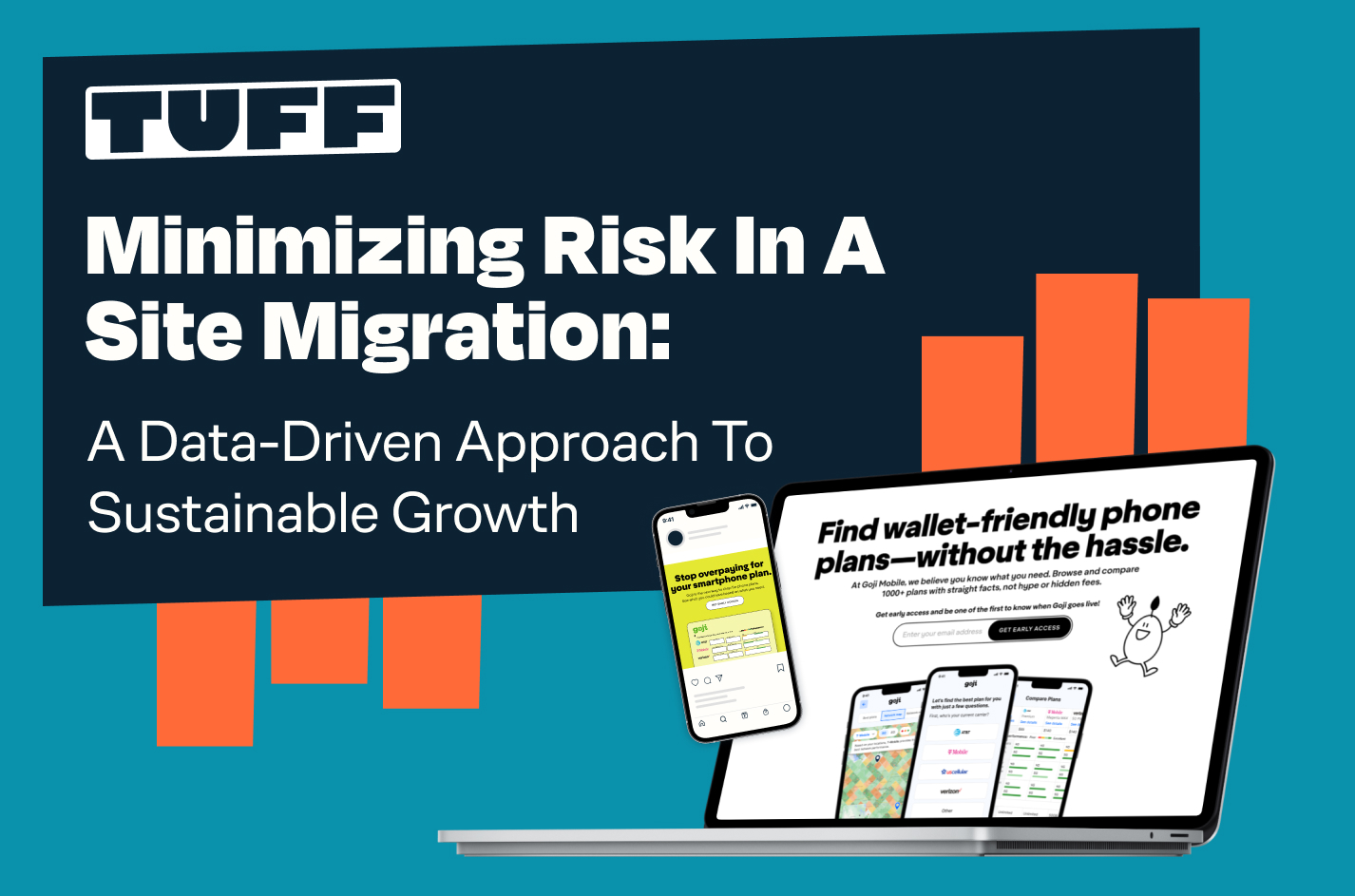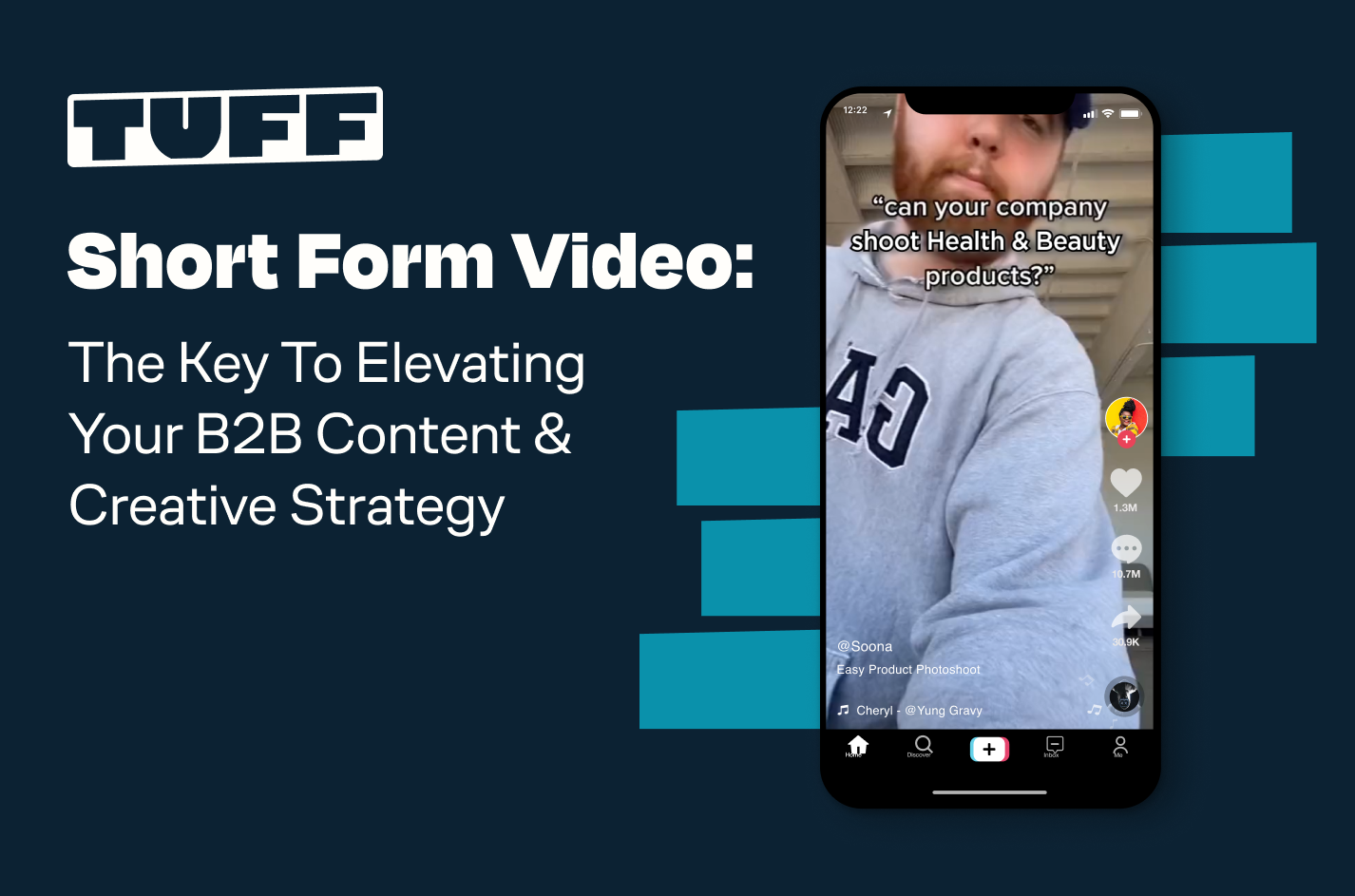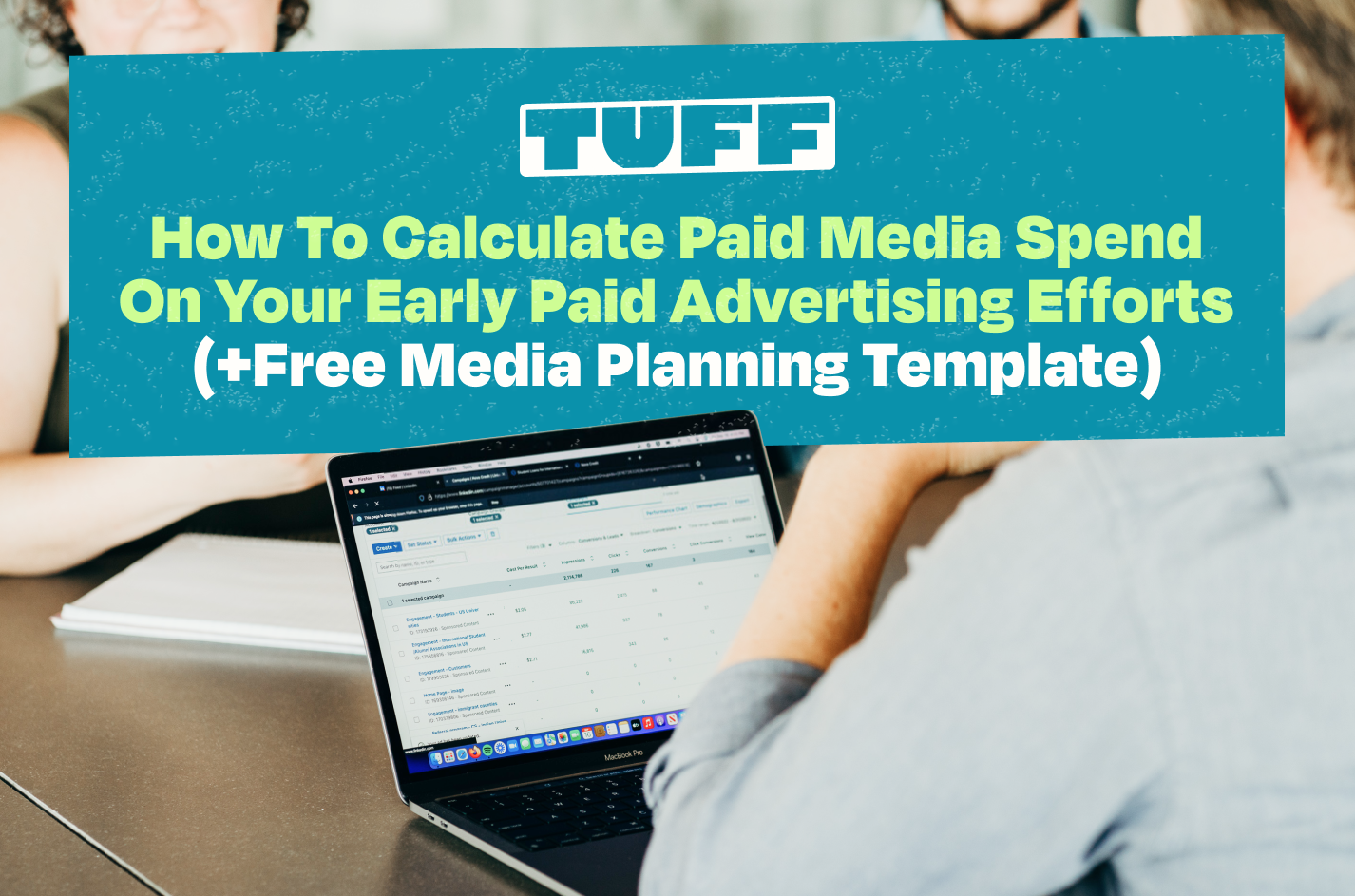4 Proven Strategies to Improve Your Retargeting Ad Campaigns
Getting traffic to your site can be time consuming and expensive, but a consistent flow of healthy, targeted traffic is one of the keys to success for any business with an online presence.
Because getting traffic to your site requires investments in both time and money, it’s important that you attempt to capitalize on this traffic as much as possible. This includes making sure that your connection with these users doesn’t end when they leave your site after their first visit.
This is where remarketing, also known as retargeting, comes in.
Remarketing isn’t a new idea in the world of PPC. But, many people, including experienced PPC professionals, don’t know how to harness the true power of remarketing.
If you think setting up an “All Users (Website Visitors)” audience and sending them generic display ads is enough, you are wasting your precious marketing dollars. While you may have some results, they won’t be consistent enough for you to optimize and you may start wondering why you’re even spending money on remarketing in the first place.
Instead, remarketing should be treated as its own discipline, with an approach that is separate to how you attract first-time users to your site.
After all, the point of remarketing is to get users who have already been on your site back to your site to continue their journey down your funnel(s).
So, how can you get better results from your remarketing campaigns?
The strategy is simple and hopefully while reading you’ll begin thinking of ways that you can implement these strategies in your own remarketing campaigns.
Let’s get started.
Determine The Portion Of Your Overall Ad Spend To Be Allocated To Remarketing
At Tuff, we’re often asked the question “What percentage of my budget should I be spending on remarketing?”
This is a great question, but unfortunately, there is no definitive percentage or number that can immediately be given and a recommended remarketing budget should consider a great deal of variables, including customer purchase lifestyle, potential seasonality, industry specific CPCs, site specific conversion rates, and more.
It’s important to first lean on any internal & external data that is already available (first-party and industry specific is the best), clearly define your goals for your overall PPC ad budget, and use this information to determine appropriate projections and budget allocation.
Additionally, If your site is still developing its sources of traffic and overall site traffic is low, you would understandably look to spend the majority of your PPC budget on acquiring site traffic first, while maintaining a lower percentage of your budget on remarketing. However, you don’t want to ignore your remarketing budget. A small amount of traffic can still be a valuable amount of traffic. Once you have enough traffic to create & serve to audiences, you should.
For sites with limited traffic, be sure to reference Google’s minimum audience list sizes to know when your remarketing audiences have gained enough members to become eligible to serve on the various Google networks.
Once you start running remarketing, how will you know when you’re spending enough?
Luckily, Google Ads provides some awesome insight with the ‘Remarketing Reach’ chart on the ‘Overview’ tab of display campaigns.
The ‘Remarketing Reach’ chart is a relatively new feature in Google Ads which displays the percentage of members on a campaign’s targeted Audience List(s) which is eligible to see the campaign’s ads.
This very simple chart can be easy to overlook, but it is very informative. What can we learn about this specific remarketing campaign from this chart?
We can see that this campaign is not reaching even a quarter of it’s potential reach due primarily to a limited budget and low-bid. Zooming in on the 4th bar gives us the detailed percentages for the week.
Only 13.2% of the members of the audience list(s) being targeted in this campaign were served an ad. Furthermore, 63.9% of our audience list members did not receive an ad due to a lower-than-needed budget.
How can we act on this information?
First, review this campaign’s performance so far. Are you happy with the conversion rates and cost-per-click? If the answer is yes, it’s time to increase your remarketing campaign’s budget to ensure your ads reach a greater percentage of your available audience list.
Review this chart weekly for all of your display remarketing campaigns and adjust your budgets accordingly.
Segment Remarketing Lists Based On Actions Taken On-Site
This might seem like common sense, especially if you’re a veteran at PPC. But, you will be surprised to learn how many digital marketers simply stop at creating an ‘All Users’ website list and think that their remarketing is going to give them good results.
In order to really make remarketing work to its full potential, you should take the time to create multiple remarketing audiences for specific remarketing campaigns designed based on the actions users have taken on your site.
If you’re an e-commerce company, perhaps the first thought that pops into your mind is a remarketing audience of abandoned cart users.
This is a great example of a more targeted remarketing list than the All Users list.
But, can we take this a step further? What if someone was really interested in your product but did not add-to-cart? Maybe you don’t sell products but instead sell services and don’t have a shopping cart. In this scenario, an abandoned cart audience won’t work.
Don’t fret. There are other signals and metrics that can be used to identify the users who are most interested in your site.
These can include: Demographics, Technology (Device, Browser, etc.), Pages Visited, Behavior, Traffic Source, Conditions, and Sequences.
Using any of these, and even better yet – combinations of these signals – will provide much more targeted audiences which will almost certainly result in better performing remarketing campaigns.
My favorite way to find the best users who are most likely to take action is by using the Advanced filters such as Conditions and Sequences.
Using these filters, we’re able to get really creative and our audiences will become very segmented to result in the best remarketing targeting.
Here’s an example of a segmented remarketing audience:
- Campaign = Your Search Campaign, Visited landing page = www.yoursite.com/landingpage (Sequence Condition)
- Time on site > 3 minutes (Behavior Condition)
- Page Depth > 4 (Behavior Condition)
In order for a user to fall into this remarketing audience, they would have had to arrive to your site from a specific Search campaign that you identify, visited your landing page, spent more than 3 minutes on your site, and went to more than 4 pages on your site.
Why is this audience better?
This audience will be much smaller than your generic All Users list, but it will most likely perform better and drive more conversions because these users have signalled intent and interest in you by meeting all of these conditions.
This is just scratching the surface on all of the possibilities and conditions available for creating remarketing lists.
Simple idea: If you run an ecommerce site and are utilizing remarketing (you should be), be sure to exclude users who have already completed a purchase. Unless, of course, you want to remarket to these users with an upsell or a personalized promotion and turn them into repeat customers. In this case, you would set up a separate campaign targeting an audience of your known customers.
3. Exclude Mobile App Placements
When optimizing a Google display remarketing campaign, one of the first places to find insights is in the Placements tab. More specifically, the Where Ads Showed tab.
This tab shows you exactly where your remarketing ads appeared. If you don’t check this often, you’ll be surprised to see a plethora of Mobile Apps contributing a lot of impressions and clicks.
You may even begin your optimization, sort by CTR, and see that many of these Mobile App placements have minimal impressions, but extremely high CTRs. Like, suspiciously high CTRs.
Why does this happen?
Because display ads on Mobile App placements are especially prone to “fat-finger clicks” – or, to put it another way – accidental clicks. This means that the ad might show on an App 2 times and be clicked 2 times.
Can you think of a time that you were using an app and you accidentally clicked on a display ad only to immediately back-out and go back to the app?
Yeah, that advertiser still paid for that click. Now multiply that by dozens, hundreds, or thousands of wasted clicks (depending on your ad spend).
Not only are advertisers wasting the money on the initial click, but when they go to optimize this campaign, they may think that remarketing is a bad idea for them overall as their Google Analytics will show traffic from their remarketing campaign performing poorly due to the high bounce rates, low time on site, and lack of conversions.
Instead of optimizing based on their campaign’s “true” performance metrics, they are also attempting to optimize a campaign that has a lot of misleading performance metrics as well. You can see how ineffective this is.
So, how can you exclude mobile app placements from your remarketing campaigns?
Well, it used to be a lot easier, up until about a year ago when Google announced that they were removing the adsenseformobileapps.com placement.
Since then, other options have come about such as setting specific targeting for devices in which you could break out Mobile Web from Mobile App and specifically exclude Mobile App. This option has since been removed by Google as well.
The workaround I’m about to show you is a little bit more tedious than the old options, but it is well worth the money saved on your campaigns.
- Click Placements from the left hand menu.
- Click Exclusions
- Click the pencil to edit your Exclusions
- Click Add Placement Exclusion and select to remove this placement from your campaign
- Click App Categories
There are 144(!) individual App Categories. You have to select all 144 of these categories to have your ads completely excluded from showing on Mobile Apps.
4. Utilize Remarketing Lists for Search Ads (RLSA) To Add Search To Your Remarketing Arsenal
When most marketers think of remarketing, they immediately think of display. However, one clever trick to boost your remarketing strategy is to target remarketing audiences with your search ads.
The idea is that these users are already familiar with you and your site, and when they’re searching for the keywords you’re bidding on, you want to make sure that they see you again to stay top of mind.
Unsurprisingly, these targeted remarketing search ads typically result in higher CTRs and conversion rates.
Simple idea: Target your brand keywords and a remarketing audience. This way, if a user is searching for your brand and you know they have already visited your site, you can target them with personalized ad copy mentioning a specific promotion to help them decide to take action faster.
These are some of my favorite tricks & tips to maximize money spent on remarketing. Do you have any other strategies that you use to make your remarketing dollars go further? Schedule a call with our team and we’ll analyze your existing campaigns and help take your retargeting to the next level.

Chris is a PPC Strategist based in Nashville, Tennessee. When he’s not scaling Google Ads & YouTube campaigns, he enjoys longboarding, tinkering with automation tools, and a little bit of gaming.
